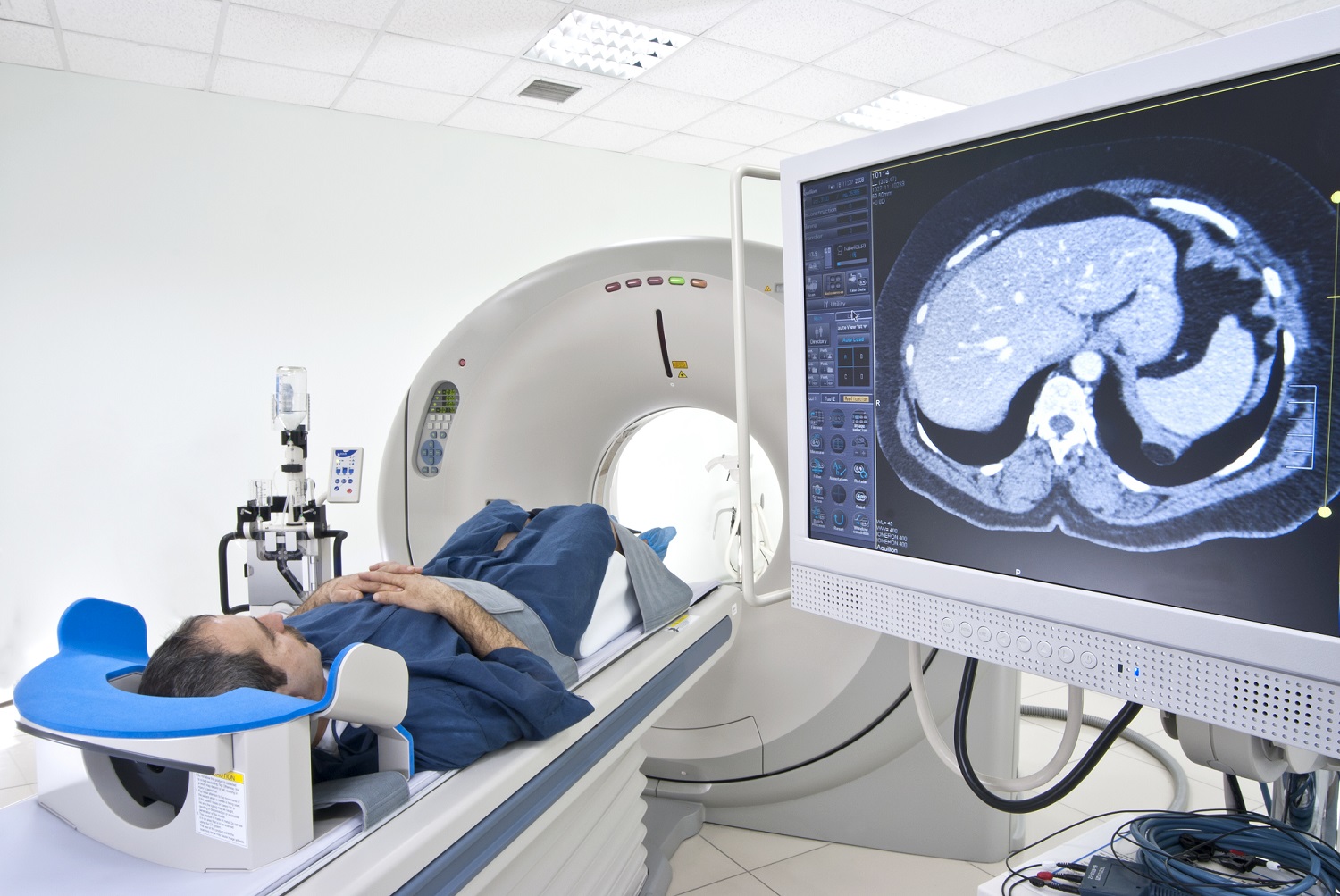Medical imaging diagnoses and check various health conditions. But the process involves radiation exposure. X-rays, CT scans, and nuclear medicine provide valuable insights to professionals. It’s important to be aware of radiation safety during the procedure. It is valuable in treating diseases. However, exposure to radiation can be harmful in high doses.
The radiation exposure from medical imaging is typically very low. However, it is important to be aware of the risks and to minimize your exposure.
Medical imaging procedures that involve radiation exposure:
- X-rays
- CT scans
- MRI scans
- Mammography
- Nuclear medicine scans
- Understanding Radiation:
Radiation is a form of energy that can be found naturally in the environment. In radiology, it is used to create precise images of the body’s internal organs. Radiation used in these procedures is carefully controlled and kept low.
Radiation Safety Medical Imaging:
Medical imaging lets doctors make precise diagnoses and develop proper medical plans. The benefits of these procedures often overshadow the potential risks. Medical imaging can help save lives and improve patient outcomes.
Different Types of Medical Imaging:
There are different types of medical imaging methods. Each with its own level of radiation exposure.
- X-rays examine bones and detect specific conditions.
- CT scans provide precise images of the body.
- Nuclear medicine uses radioactive materials to imagine distinct organs.
- MRI is free of radiation and It is considered a safe alternative for certain conditions.
Minimizing Radiation Exposure:
Healthcare providers take several measures to keep radiation exposure low during procedures. They use lead shields to protect areas of the body not being imaged. Collimation narrows the X-ray beam and shields sensitive organs further reducing exposure. Inform your doctor if you are pregnant. Exposure to radiation can potentially harm the developing fetus.
Radiology Technologists and Safety Precautions:
Technologists are specially trained professionals who perform imaging procedures. They follow safety protocols to minimize radiation exposure. They will carefully position you during the procedure. And step out of the room to avoid unnecessary exposure. Your safety is their top priority.
Radiation Risks and Safety Guidelines:
Medical imaging procedures are generally safe. But it’s important to be aware of the potential risks. The main concern is the cumulative effect of repeated exposure over time. However, the risks are considered minimal. Especially when the procedures are necessary for your health. It’s always a good idea to discuss any concerns with your healthcare provider.
Radiation safety in medical imaging is a priority for healthcare professionals. After understanding the basics and the safety you can feel confident during procedures. If you have any questions contact Huntington Radiology Center in California. Your health and well-being are our priority.



